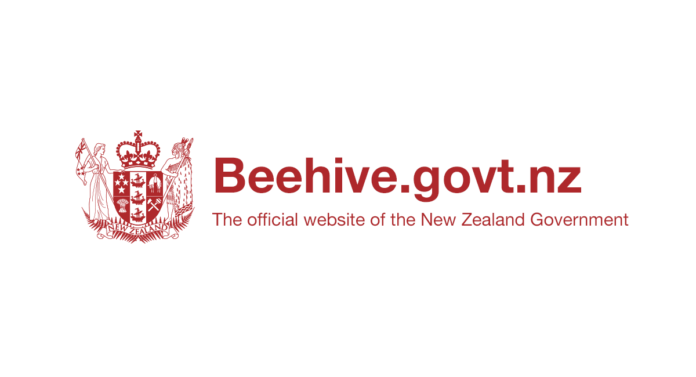Source: New Zealand Government
The latest Youth Justice Indicators Summary report shows a continuing substantial drop in the rate of youth offending.
“This latest report shows that offending rates among children aged 10 to 13 fell by 65 percent between 2010/11 and 2020/21. Over the same period, offending rates among young people dropped by 63 percent,” Justice Minister Kris Faafoi said.
“This means that there were 2,900 fewer children and almost 8,500 fewer 14 to 16 year olds offending than there were 10 years ago.”
The Youth Justice Indicators report shows the flow of children and young people through the youth justice system from 2010/11 to 2020/21. Police, Oranga Tamariki, and the Ministry of Justice each capture data about the performance of the youth justice system which is then analysed to produce the report.
“These reports give youth justice agencies better understanding from when children and young people who offend first enter the justice system, how they are dealt with as they move through it, and if they reoffend.
“These latest results show further reductions in offending by children and young people, which builds on the downward trends shown in the previous report,” Kris Faafoi said.
“Overall, last year’s positive trends for rangatahi Māori have continued. For instance:
- the number of young Māori aged 14 to 16 who appeared in the Youth Court reduced by 51 percent from 2016/17 to 2020/21; from 1,383 to 673, compared with a 45 percent decrease for European/Other; and,
- the Youth Court appearance rate fell by 54 percent between 2016/17 and 2020/21 for Māori compared with a 37 percent reduction for European/Other.”
“While it is difficult to pinpoint all the reasons for the overall reduction in youth offending, there have been a range of cross-sector youth justice initiatives to prevent crime, reduce escalation and intervene effectively. These include: the Youth Crime Action Plan; Policing Excellence; Positive Behaviour for Learning; Youth Forensic Mental Health and Addiction Services; and Fresh Start. These initiatives are likely to have fed into the identified trends.
“In addition, Rangatahi and Pasifika Courts were introduced in 2008 and 2010 respectively to encourage strong cultural links and meaningfully involve communities in the youth justice process to reduce reoffending by young Māori and Pasifika.”
Justice sector agencies are now undertaking long-term work to improve outcomes across the justice system, particularly the disproportionate impacts on Māori. These major organisational programmes of work include:
- implementation of the Department of Corrections’ (Corrections) Hōkai Rangi Strategy;
- implementation of Police’s Reframe-Te Tārai Hou Strategy;
- supporting the roll out of Te Ao Mārama which is a judiciary-led initiative which is reforming the way District Courts operate in New Zealand; and,
- a shift to a more community-led operating model for Oranga Tamariki.
“These programmes are expected to further consolidate the tremendous gains shown in this report for children and young people and help address remaining challenges, including the disproportionately high number of young Māori appearing before the Youth Court and reducing rates of serious offending, which hasn’t declined as quickly as other forms of offending.
“The information in these reports will inform research and policy-making that responds to the challenge of keeping children and young people out of the justice system while ensuring that they are held accountable for their actions in an appropriate way,” Kris Faafoi said.
The Youth Justice Indicators Summary report can be found at: https://www.justice.govt.nz/justice-sector-policy/research-data/justice-statistics/youth-justice-indicators/



